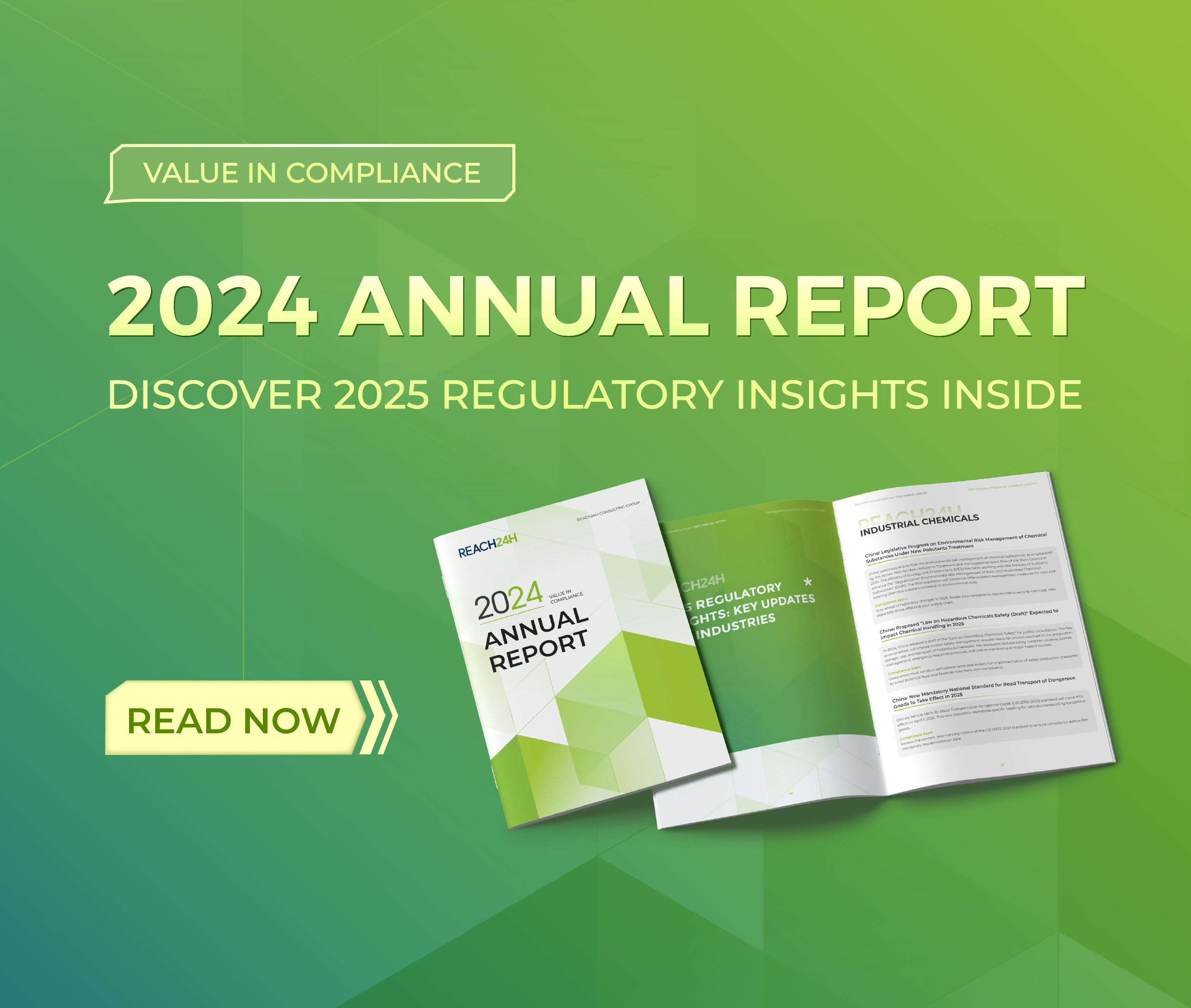EU Says NO to the Import of Toys Containing Lead and Phenol
In order to ensure the protection of children against risks caused by chemical substances in toys, on October 28, 2018, an amendment to EU Directive 2017/738 on lead limits in Appendix II of the Toy Safety Directive 2009/48/EC was officially approved.
In the table under point 13 of part III of Annex II to Directive 2009/48/EC, the entry for lead has been replaced by the following:
| Element
Lead |
In dry, brittle, powder-like or pliable toy material (mg/kg) | In liquid or sticky toy material (mg/kg) | In scraped-off toy material (mg/kg) |
| Under original Directive | 13.5 | 3.4 | 160 |
| Under amended Directive EU 2017/738 | 2.0 | 0.5 | 23 |
In addition to this latest amendment, Directive 2009/48/EC on the safety of toys had already issued a limitation in the values of phenol allowed in toy materials back in May 2017. According to this amendment, values of phenol in toys intended for children under 36 months and in other toys intended to be placed in the mouth should be limited, following the data below:
- When analyzed in polymeric materials, phenol should be limited in toys to 5 mg/l (migration limit);
- When analyzed as a preservative, phenol should be limited in toys to a maximum concentration of 10 mg/kg (content limit);
- According to the CMR substances content limit, phenol should be limited to 10000mg/kg.
Understanding Lead and Phenol
Lead is a well-known toxic heavy metal that causes harm to several organ systems in the body. In children during the perinatal period it can affect the nervous system development and IQ, digestive system, the male reproductive system, besides its toxic effects on bones. In children, as the brain is in the stage of development, inhalation of lead in any environment is over 30 times higher than that of adults, with very serious effects on the child’s nervous system development.
Phenol is often used as a monomer for phenolic resins in the manufacture of resin-bonded wood for toys. Children are more susceptible to the exposure of chemicals than adults, and infants are particularly sensitive to phenol. Phenol was found in game consoles, tents or tunnels for children and in packaging film, being tested in bath toys and other inflatable toys, and as a preservative found in water-based liquid toys (Source: EUR LEX).
What now?
The new amended Directive will affect the toy sellers’ exports to the EU market. REACH24H would thus like to remind toy exporters:
- Keep track of the latest developments in regulations and keep up to date with the latest regulations;
- Keep high standards in internal quality control duties, apply thorough control of the source of raw materials and increase the quality inspection of finished products.
If you have any further questions, please contact us: customer@reach24h.com


